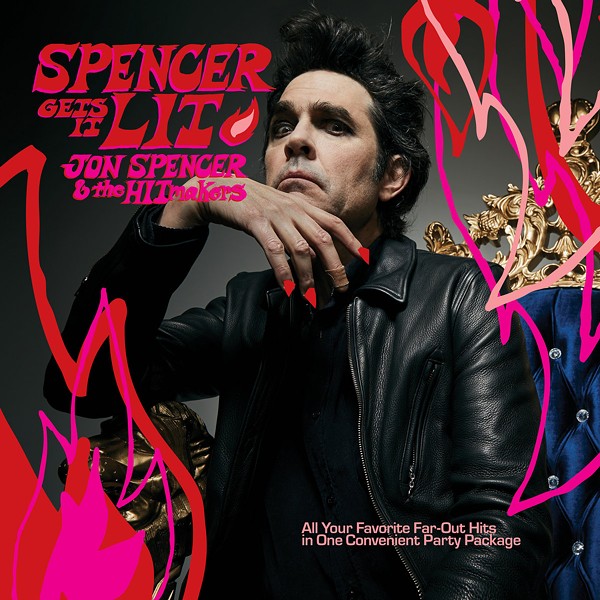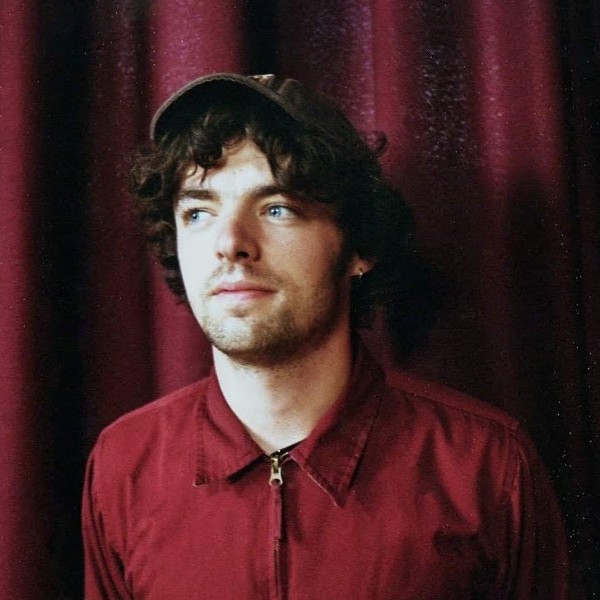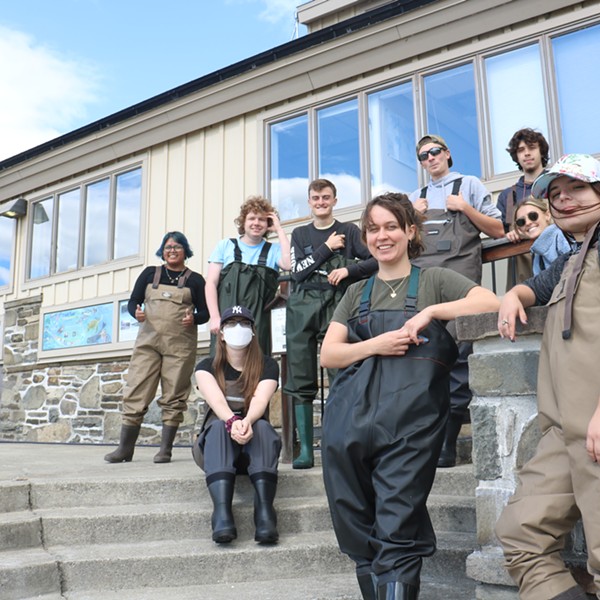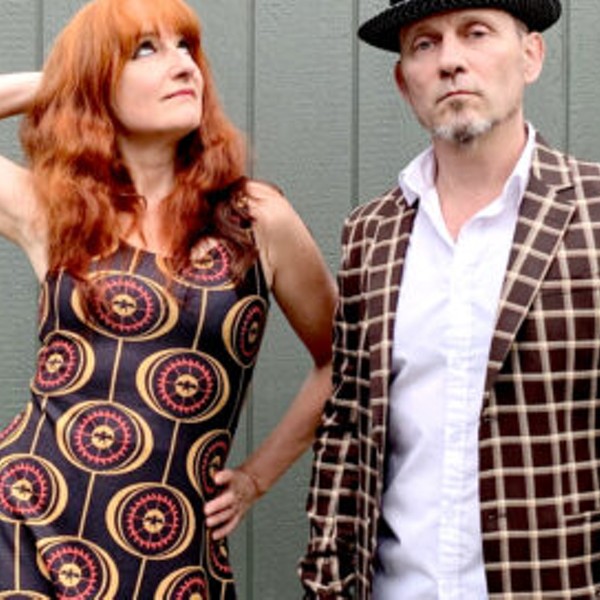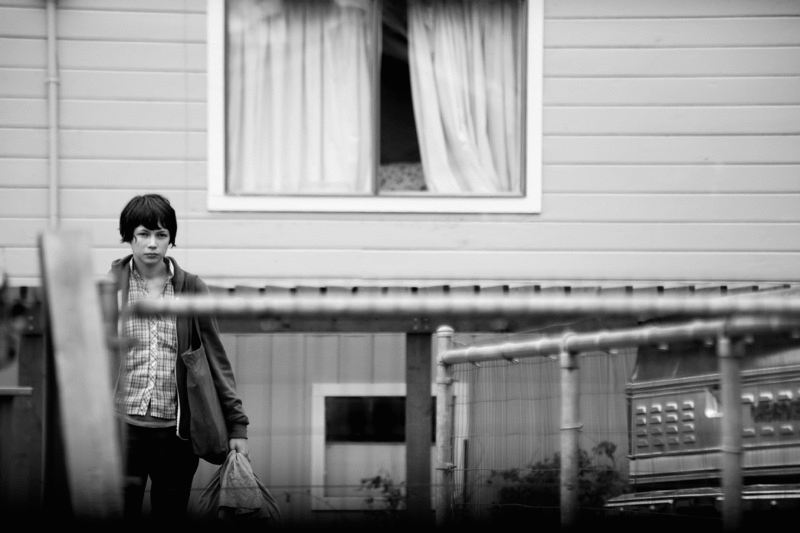
Kelly Reichardt’s third film, Wendy and Lucy, stars Michelle Williams as a young woman (Wendy) who sets out for a new life of economic opportunity in Alaska with her beloved dog, Lucy (played by Reichardt’s dog, which is also named Lucy). When Wendy’s car breaks down in a small Oregon town, she is faced with a series of difficult choices in the midst of her emotional and financial unraveling. Co-written with Jon Raymond and based on his story “Train Choir,” Wendy and Lucy is a political road film told in a formal minimalist style, highlighting the plight of the economic underclass. Wendy and Lucy premiered at the 2008 Cannes Film Festival and was an official selection at the 2008 New York Film Festival, BFI London Film Festival, and Toronto International Film Festival. Reichardt’s previous film, Old Joy, also co-written with Raymond, was the first American film to win a Tiger Award, in 2007, at the Rotterdam Film Festival. Based in New York City, Reichardt is currently a visiting assistant professor at Bard College.
What gave you the insight to make this film back in mid 2007? It seems prophetic that you had your hand on the pulse of what was really going on in the economy, to the extent that you poignantly portray, a full year before the crash, how a series of choices can play into a downward economic spiral in an individual’s life.
Everyone seems surprised, but if you listened to Air America or Bill Moyers on PBS, you could tell what was happening with the credit bubble. Jon and I actually wrote this script right after Katrina, when the gap between rich and poor, so precarious in the first place, widened. I’m not clairvoyant; more people are falling through the cracks. Is gumption and will all it takes? Without the benefit of a financial and social network, can you improve your lot? That’s the kernel we started out with.
Wendy’s plight is haunting. Is Wendy and Lucy really about us, our commonality, and our connectedness, and could her dilemma literally happen to anyone who makes a series of ill-fated choices on their journey?
The film is really a character study. When you meet a stranger, is that person worthy of our sympathies, though imperfect? Can we meet her without all the details? Who is deserving of our sympathy? Does the American Dream include us taking care of each other? Can our harvest carry us through?
This is not a message movie. It’s about one character. It takes place in Oregon, where there are many homeless kids, vulnerable “gutter punks,” like the ones you see at the campfire scene, who travel around together. They ride the freight trains, living like hobos on a frontier adventure. You see that some will survive, others won’t.
Michelle Williams is perfect for the role of Wendy. She communicates her predicament in a journey of facial expressions.
I was impressed with her art of acting. She’s a master at her craft; she really can fine-tune. Something always comes through no matter how still she is—no emotion leaks out. The character breathes; she has complete skill. It’s a private process: You tell her what you want and she brings it to you; she can make small adjustments.
How did you find the security guard, also excellent in his role? He was the only character in the film who gave Wendy encouragement that she’d be okay at pivotal points—for example, when she loses Lucy. He perhaps symbolized that sometimes it takes just one person to make a difference in another’s life.
That’s Wally Dalton. He was great, an old hippie writer for “Laverne & Shirley” and Rowan & Martin who also had acting experience. He just happened to come to an open casting call and got the part.
How did Bard College support the making of Wendy and Lucy? There was a note of appreciation to Bard’s Film and Electronic Arts program in the credits.
It’s an avant-garde program and a supportive environment, where I’m surrounded by colleagues whose work I’m inspired by—like Peter Hutton with his landscape documentary approach, and Peggy Ahwesh, with her nontraditional approach who continue to feed me while I’m working there. And the class size is small—10 students—versus 24 when I taught at NYU. At Bard, the students are asking more in-depth questions that are integrated into literature, politics, human rights, and life.
Wendy and Lucy will be screened in late February at Upstate Films in Rhinebeck.
Check www.upstatefilms.org for show times.









